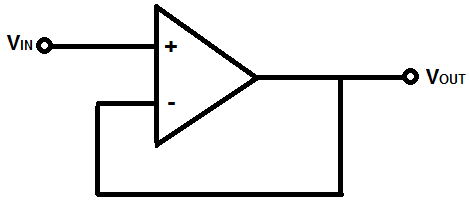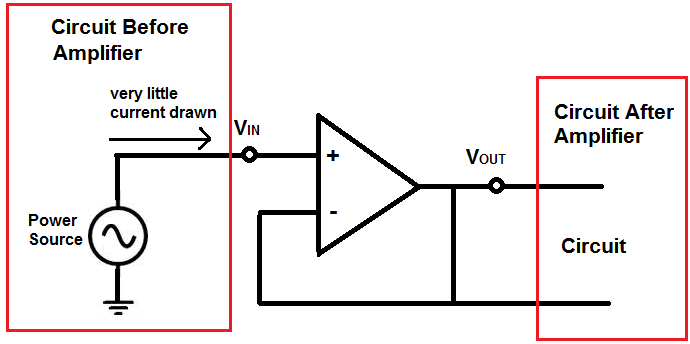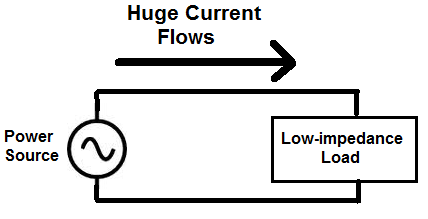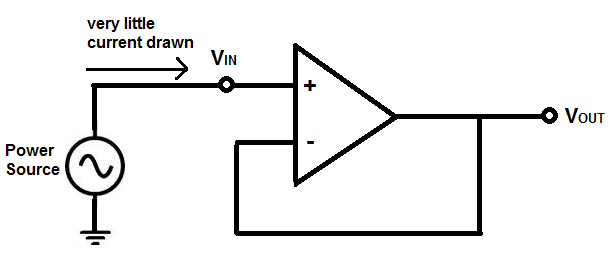What is an Isolation Amplifier?

An isolation amplifier (also called a unity-gain amplifier) is an op-amp circuit which provides isolation of one part of a circuit from another, so that power is not used, drawn, or wasted in a part of the circuit.
This will be explained thoroughly now, because this may, at first, appear to be a daunting topic, but, in this article, we will break it down into parts, so that you'll hopefully understand in the end.
The purpose of an isolation amplifier isn't to amplify the signal. The same signal that is input into the op amp gets passed out exactly the same. This means that output voltage is the same exact as the input voltage, meaning if 10V AC is input into a circuit, 10V AC is output.
The purpose of an isolation amplifier is to isolate the circuit which appears before the amplifier from the circuit that appears after it.
Below is an illustration:

How Does an Isolation Amplifier Achieve Isolation?
How does an isolation amplifier achieve this isolation from one part of the circuit to the other? This will now be discussed.
An op amp is a device with a very high input impedance. This high input impedance is how it causes isolation.
When a circuit has a very high input impedance, very little current is drawn from the circuit. If you know ohm's law, you know that current, I=V/R. Thus, the greater the resistance, the less current is drawn from a power source. Thus, an op amp, being of very high impedance, does not cause any significant amount of current to be drawn from the power. It draws very little current; thus, practically no current is drawn and transferred from the first part of the circuit to the second. The high-impedance load of the op amp ensures this. Thus, the op amp serves as an isolation device from one part of a circuit to the next or of different circuits.
Let's look at both illustrations below:
The below circuit is a circuit in which a power source feeds a low-impedance load.

In this circuit above, the load demands and draws a huge amount of current, because the load is low impedance. According to ohm's law, if a load has a very low resistance, it draws huge amounts of current. This causes huge amounts of power to be drawn by the power source and, because of this, causes high disturbances and use of the power source powering the load. This is the opposite of isolation.
Now let's look at the circuit below, connected to an isolation amplifier op amp:

This circuit above now draws very little current from the power source above. Because the op amp has such high impedance, it draw very little current. The first part of the circuit, then, is undisturbed, and, thus, is isolated from the second part of the circuit. The op amp serves as an isolation device so that practically no current gets drawn and transferred to the second part of the circuit (circuit after the op amp), because its impedance is so high..
Isolation amplifiers serve as buffers. They do not amplify signals but serve to isolate parts of circuits or
different circuits from each other.
